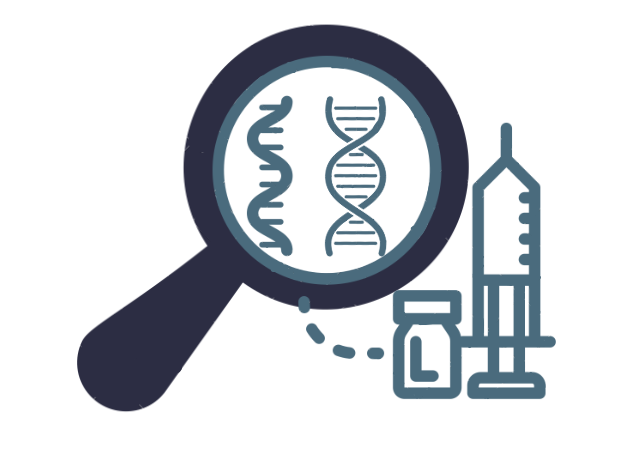What is the difference between RNA and DNA?
Known as the blueprint of life, Deoxyribonucleic acid, or DNA, is a long, double-stranded molecule made up of bases located in the nucleus of a cell that contains and carries our genetic code. Much like the order of letters in the alphabet form words, the order of these bases determines our genetic blueprint. The stability of the twisted double strand of DNA allows its information to continue from generation to generation, like those beautiful brown eyes you got from your mother. To read these genetic blueprints, these double strands are unraveled to expose the individual strands and an enzyme translates them into a mobile, intermediate message, called ribonucleic acid, or RNA. Unique to RNA is its ability to form pairing strands with DNA and RNA itself.
Found in complex organisms such as mammals, DNA holds its structure within a nuclear membrane called the nucleus. RNA, on the other hand, forms inside the nucleus. However, unlike DNA, there are many types of RNA. Each type of RNA relates the functions for which they perform. Some remain inside the nucleus and have a basic regulatory function on DNA. Others diverge into the cytoplasm, the portion outside the nucleus, and perform functions like the translation of proteins. Such proteins are the ultimate player in various tasks of the cell. They can produce membrane channels for trophic support, which control the survival and growth of the cell, and perform specific tasks like the production of membrane antigens, which represent the identity of some cells.



